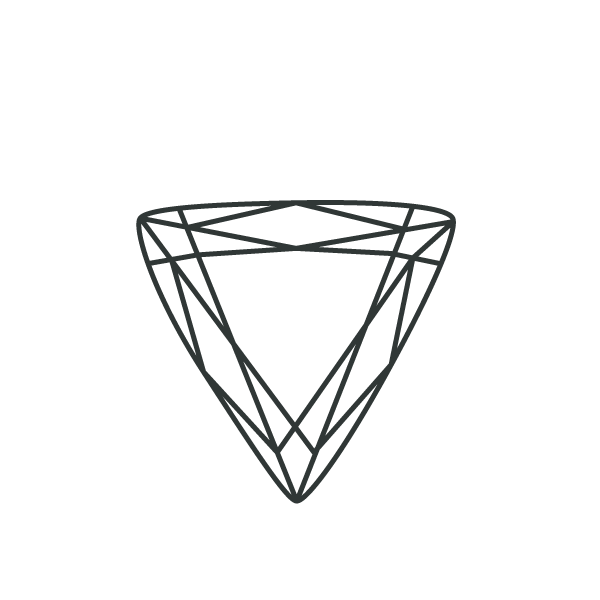Knowledge
09.03.2020 GEMSTONE CUTS: CUTTING STYLES & SHAPES
Gemstones need to possess two definite characteristics: exceptional colour and strong scintillation (“sparkle”). To enhance the second aspect, people began to polish gemstones from very early on. Real “cutting” of stones, however, did not begin until around 1400 AD.

established cutting styles
The reason for this was a simple one: diamond was too hard to cut. Apart from this, especially in India there was a superstition that a stone would lose its power when modified in any way. Both corundum and beryl are also so hard that it was only possible to polish them.
Then a method called the “Dutch Rose” was developed: a flat, rearward base, the upper half of the stone a semi-circular dome into which individual “facets” were cut.
With time, further cutting styles were developed in which both the front and rear of the stone were cut. The most famous today are the round cut with its ideal form, the brilliant cut (for diamonds), then oval, emerald, baguette, heart, cushion, marquise and princess cuts, as well as some mixed forms that have developed from combinations of these.
There are also other cutting styles on the market, some of which were developed by particular companies. Such stones may be beautiful to behold, but when it comes to reselling them, they often command lower prices than stones with more traditional cuts.
The reason for choosing a particular cutting style are twofold: first and foremost the shape of the stone and its existing optical and mineralogical axes need to be considered; and secondly there is the simple fact that certain cutting styles are simply expected by investors and clients alike.

Special gemstone shapes

The emerald cut was specifically developed for its namesake: emerald is relatively brittle, so a special cut with bevelled edges was needed to avoid breakages.
A further speciality is the cabochon cut. This consists of a flat or slightly convex base, while the upper side is a smoothly polished dome. The cabochon does not have any facets.
A stone is cut as a cabochon when:
- it is opaque or translucent and/or
- when there is an asterism (star effect) or chatoyancy (cat’s eye effect) to be enhanced and/or
- when the raw stone contains too many inclusions for a facetted cut to be suitable.
In terms of investment material, cabochon gemstones are of little importance, except in the case of star rubies and star sapphires

Coloured gemstone cuts

Rubies
For investment rubies an oval or cushion cut is most suitable. A round cut will increase a stone’s value by 10-20%. Emerald cuts are rare for rubies. All other cuts, such as heart or marquise cuts, are of little importance in investment terms, though of great importance for jewellery making.

Sapphires
The most popular cut for blue, yellow and pink sapphires are once again the oval and cushion cuts, followed by the emerald cut for larger stones. All other cuts are of little importance for investment.

Emeralds
As the name suggests, for emeralds one expects the most famous of the step cuts, the emerald cut, followed by the oval and cushion cuts.

Diamond cuts
The European diamond cut developed from the simple method of removing the tip of the natural diamond octahedron and polishing the surfaces. Thus, in the 15th Century, the table cut was created, with its 9 or 10 facets. This was superseded by the rose cut, with 12 to 48 facets in the 16th Century. Towards the end of the 17th Century the precursor to the modern brilliant cut, the Old European cut was developed. The number of facets grew from 16 in the Mazarin cut (17th Century) to 32 in the Peruzzi cut (18th Century). This was widely used until the beginning of the 20th Century. It was not until around 1920 that this was replaced by the modern brilliant cut.
For diamonds of 0.5ct or more, i.e. from the minimum weight for investment, we always recommend the brilliant cut; it is the easiest to sell and also the most popular for use in jewellery. For larger diamonds the emerald cut is also very popular, as for stones of 10ct or more, the brilliant cut becomes too tall.
All other styles of diamond cut lead to price reductions in comparison with the brilliant cut. Let us assume you wish to buy a diamond of a particular weight and quality, for example 1ct, H/SI1. Despite identical weight and quality, a diamond with a brilliant cut will be worth 25-35% more than one with an oval cut. The same naturally applies when it is time to resell the diamond.
An exception to this rule is made for fancy diamonds (coloured diamonds). Here any cut that enhances the colour of the stone and its “fire” is acceptable.















